Earth news stories

This year, the March equinox takes place on 20 March at 03:06 GMT. This means that in certain westward time zones, the equinox will actually fall on 19 March local time.

Sound waves fossilized in the maps of galaxies across the Universe could be interpreted as signs of a Big Bang that took place 13 billion years earlier than current models suggest. This research was published in The Astrophysical Journal.
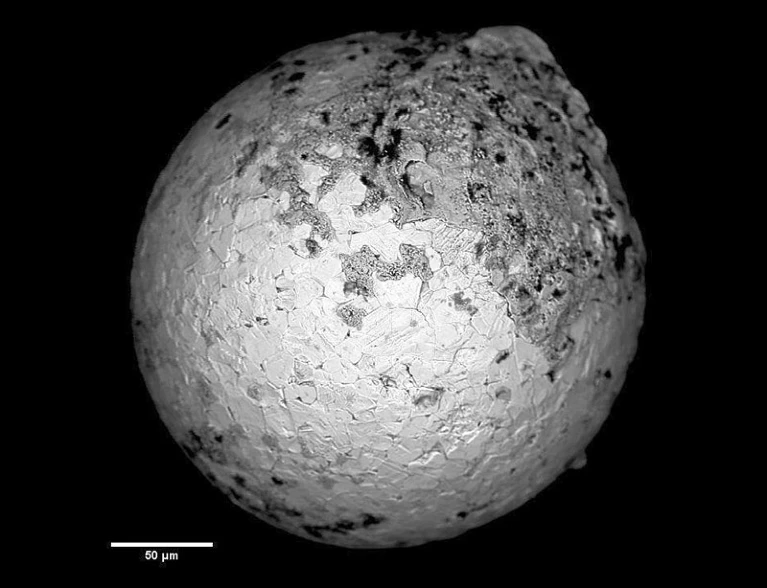
The debate occurred at a packed session featuring Hairuo Fu, a graduate student at Harvard University in Cambridge, Massachusetts, who is a member of the team that found the fragments…Many scientists have said they don’t want to spend much time analysing and refuting these claims.
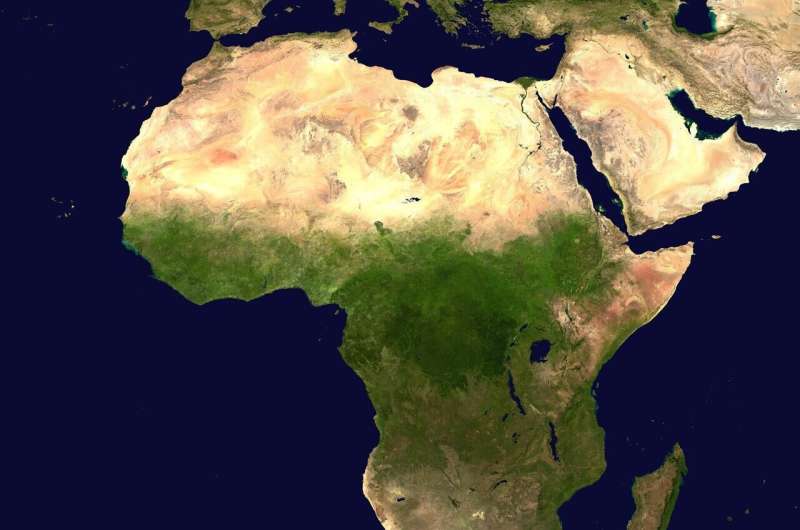
A pair of planetary scientists… have found evidence that the exodus of hominins out of Africa approximately 1 million years ago may have been driven by the first major glaciation of the Pleistocene. See the study here.
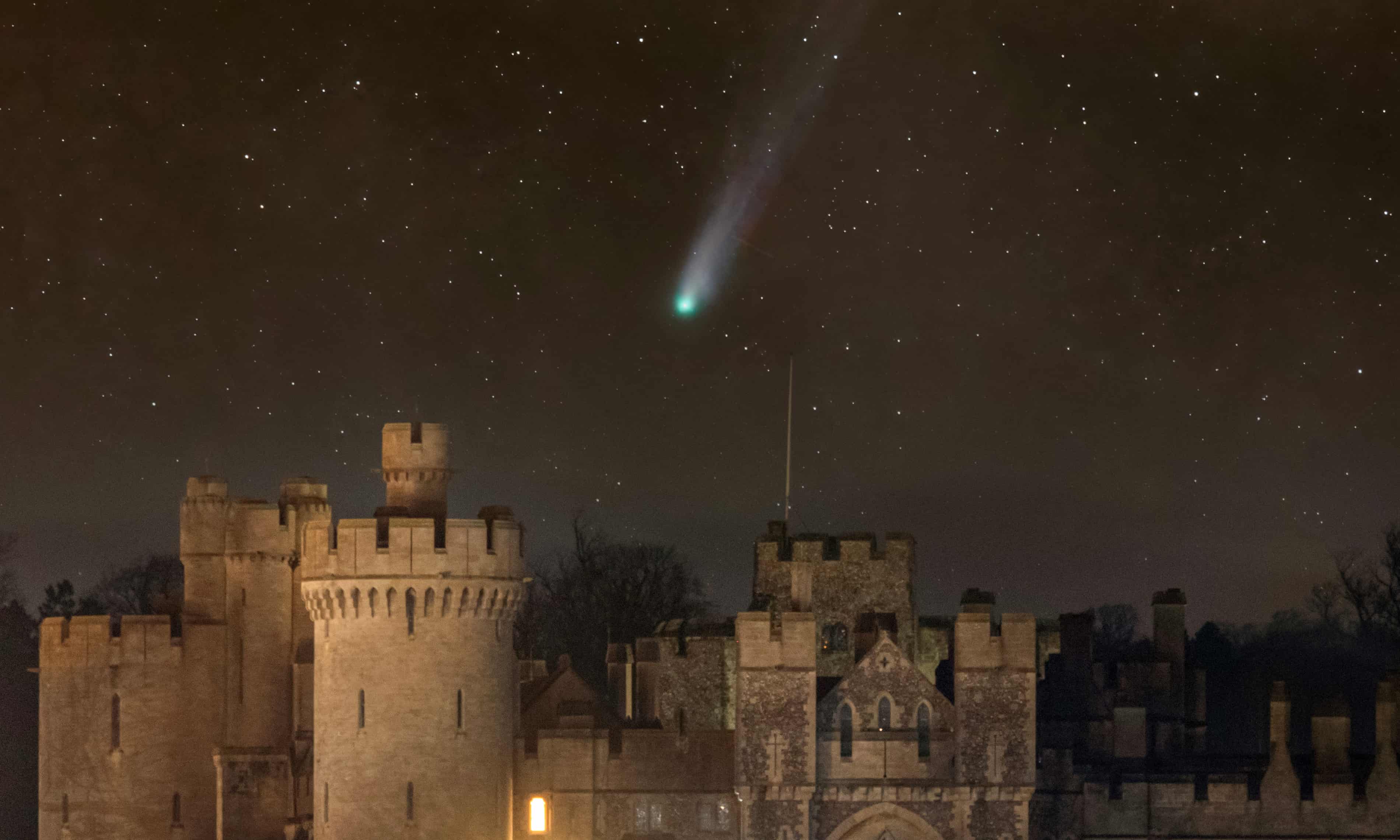
A comet that is larger than Mount Everest could become visible to the naked eye in the coming weeks as it continues its first visit to the inner solar system in more than 70 years, say astronomers.

A slow cosmic dance between Earth and Mars has a hidden effect on cycles in the deep ocean. According to a new analysis of the deep-sea geological record, the gravitational interaction between the two planets results in cyclic changes in deep ocean currents that recur every 2.4 million years.
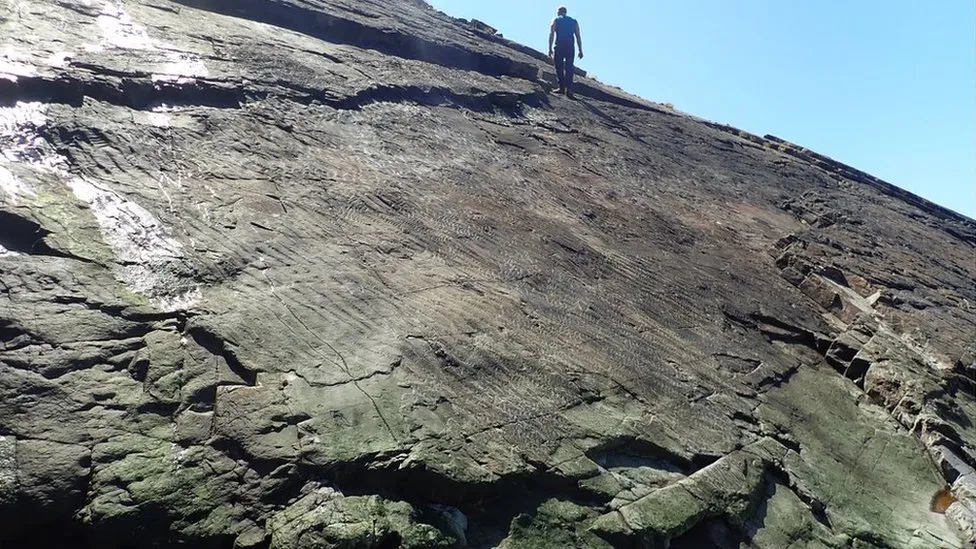
Scientists have found what they believe to be the world’s earliest known fossilised forest in cliffs on the coast of South West England. The researchers say the fossil forest is about four million years older than the previous record holder in New York State.

Psilocybe mushrooms appear to have started producing psilocybin roughly 67 million years ago, right around the dinosaurs’ demise, new research shows.
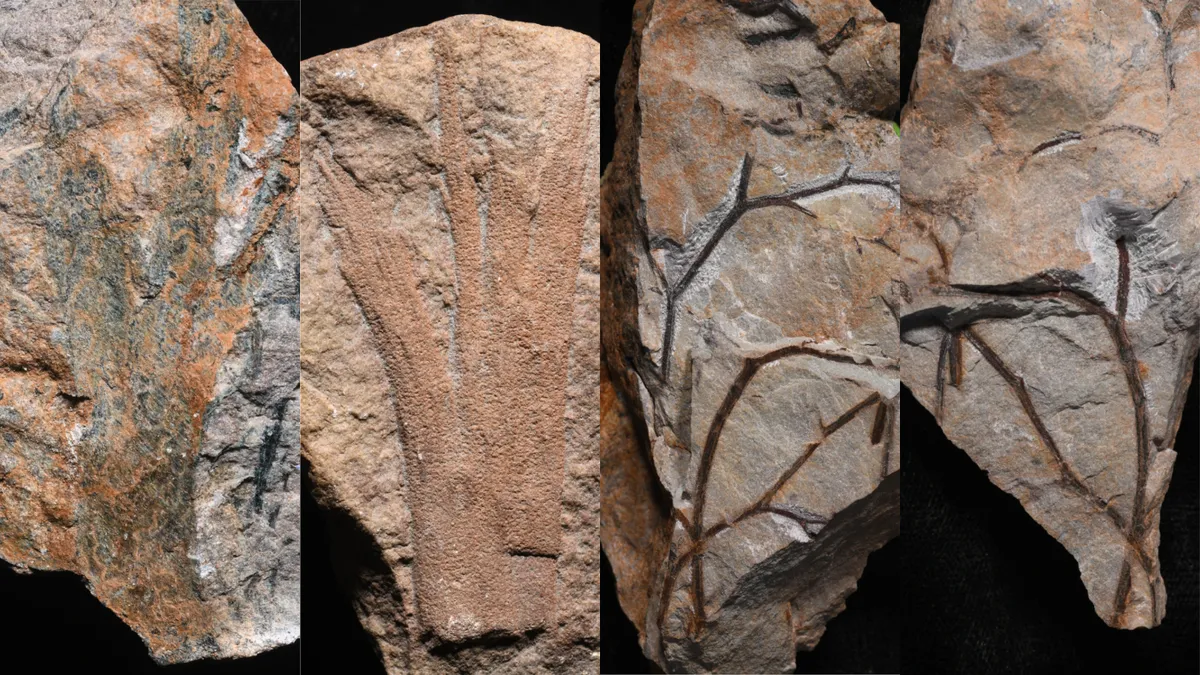
Fossilized trees discovered by chance in southwest England belong to Earth’s earliest-known forest, new research has found. The 390 million-year-old fossils supplant the Gilboa fossil forest in New York state, which dates back 386 million years, as the world’s oldest known forest.

Nestled within the photosynthetic, or light-eating, tissue of the boreal trees – and within the bountiful cloud-like lichens and feathery mosses that carpet the ground between them – are fungi. These fungi are endophytes, meaning they live within plants, often in a mutually beneficial arrangement. See the research here.
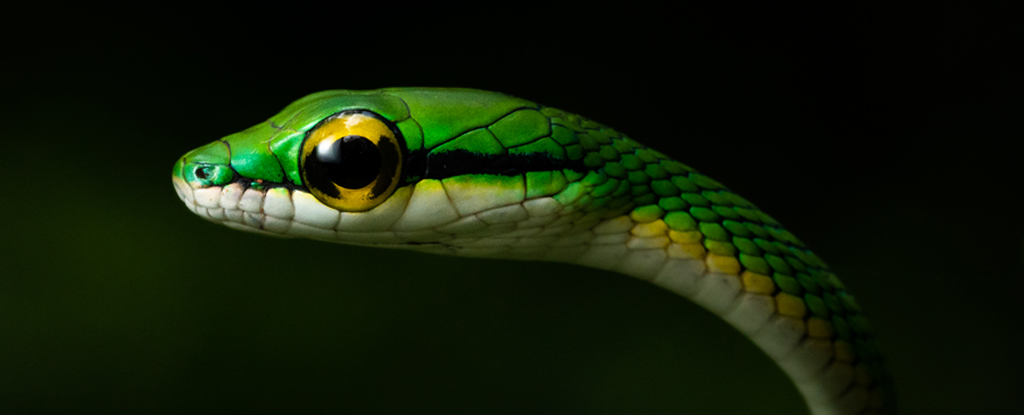
Roughly 128 million years ago, snakes suddenly burst into an abundant existence on Earth, eventually diversifying into the 4,000 or so species we see today. See the research in Science.

The dismissal of a concept that has already been recognised in UN declarations and is a fundamental belief of many Indigenous communities was described by critics as shameful, contradictory and undemocratic.

Two studies of ayahuasca ceremony participants found that at least 50% of these individuals had an ayahuasca-induced personal death experience. These experiences were associated with an increased sense that consciousness will continue after death and increased concerns for the environment. The paper was published in the Frontiers in Psychiatry.
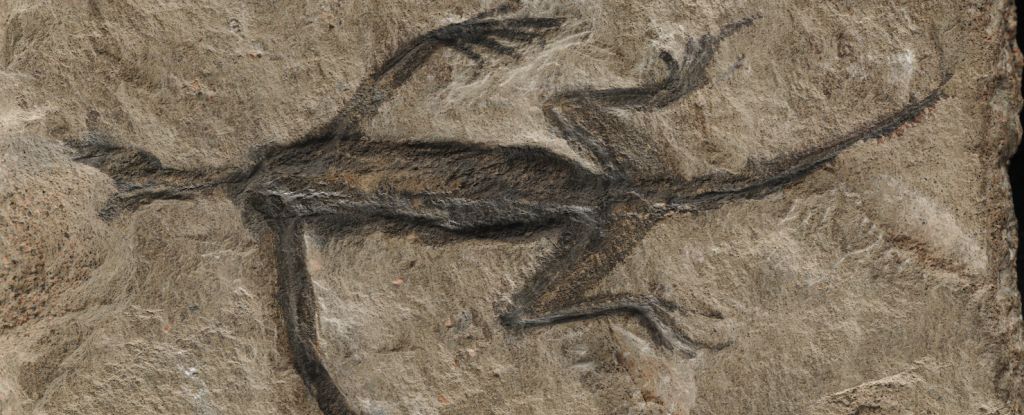
It’s called Tridentinosaurus antiquus, excavated in 1931, and considered a truly remarkable find. Dating to 280 million years ago, before the dinosaurs, it was thought to represent one of the oldest lizard fossils ever found…Well, now we know why we’ve never found another fossil like it: that soft tissue, according to a new, painstaking analysis, is not soft tissue at all. It’s paint. The research has been published in Palaeontology.
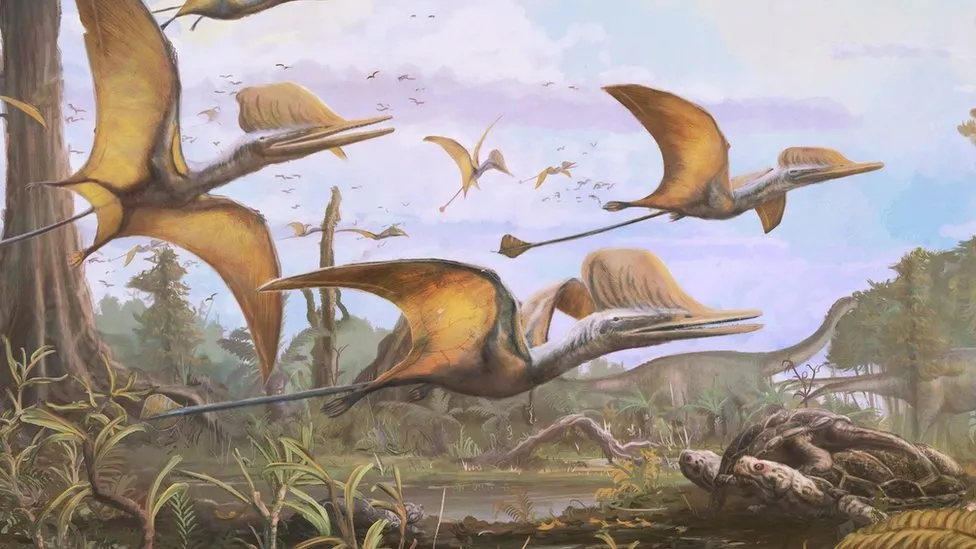
A unique species of flying reptile, or pterosaur, that lived 168-166 million years ago has been discovered on the Isle of Skye…Scientists were surprised to find a pterosaur from this period off Scotland’s west coast – they were thought to mostly live in China.

Scholars of antiquity believe they are on the brink of a new era of understanding after researchers armed with artificial intelligence read the hidden text of a charred scroll that was buried when Mount Vesuvius erupted nearly 2,000 years ago.








